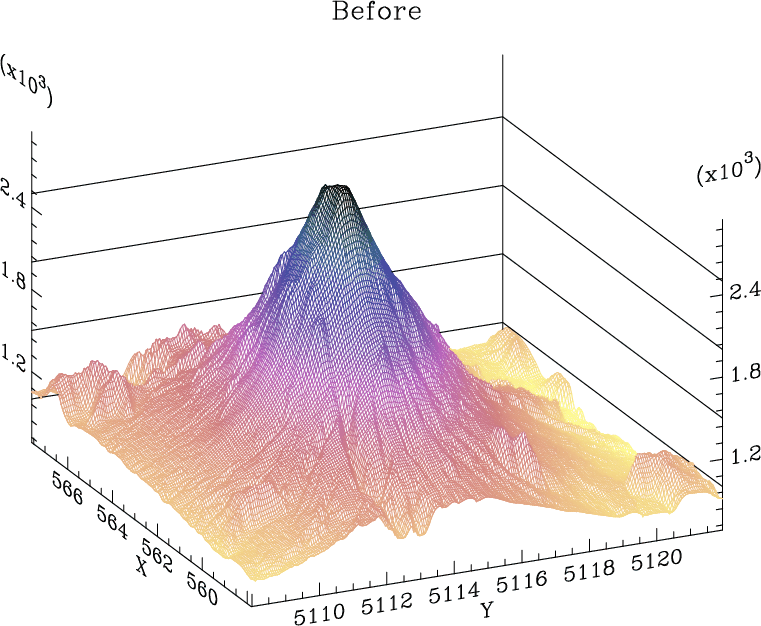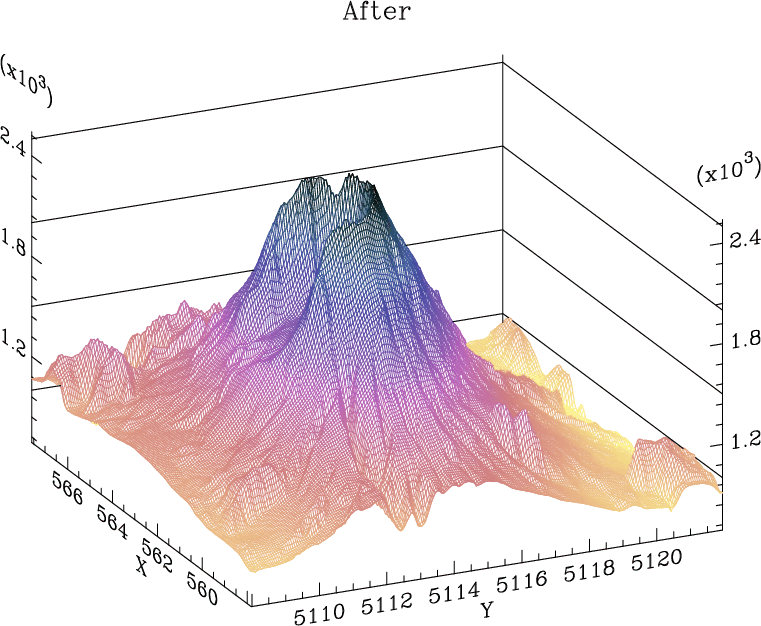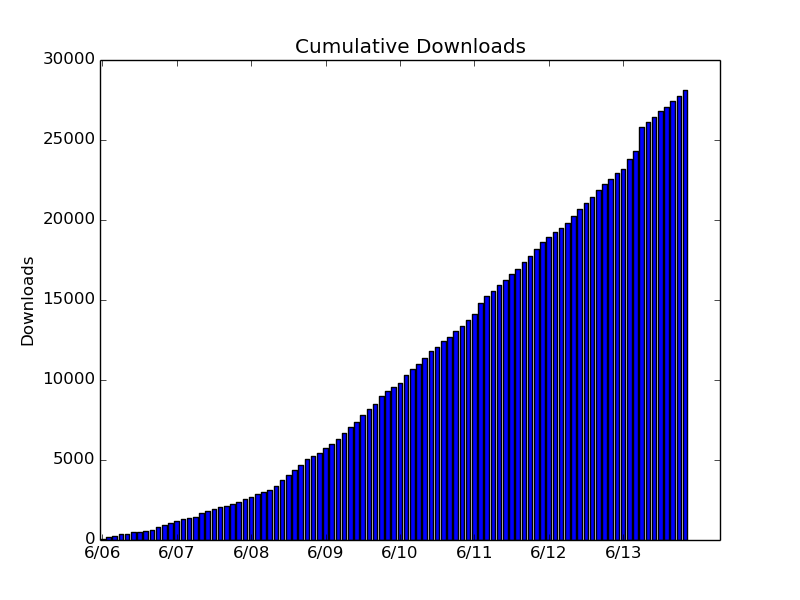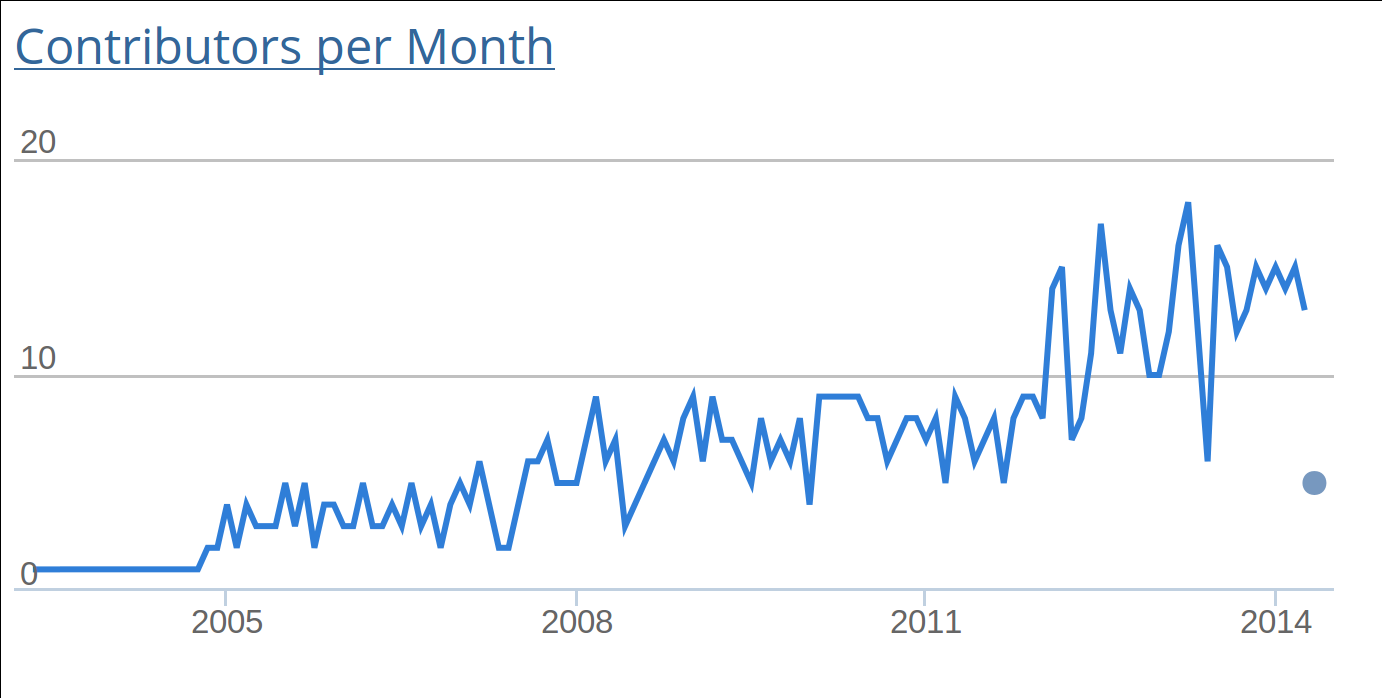sfhelicon performs multidimensional convolution and inverse convolution (recursive filtering) using the helix transform.
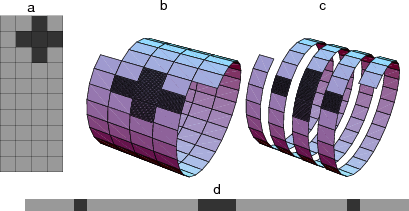
The theory behind helical convolution is explained by Jon Claerbout in the paper
Claerbout, J., 1998, Multidimensional recursive filters via a helix: Geophysics, 63, 1532-1541
and in the corresponding chapter in his book Image Estimation by Example. The following example from gee/hlx/helicon illustrates inverse convolution on a helix.
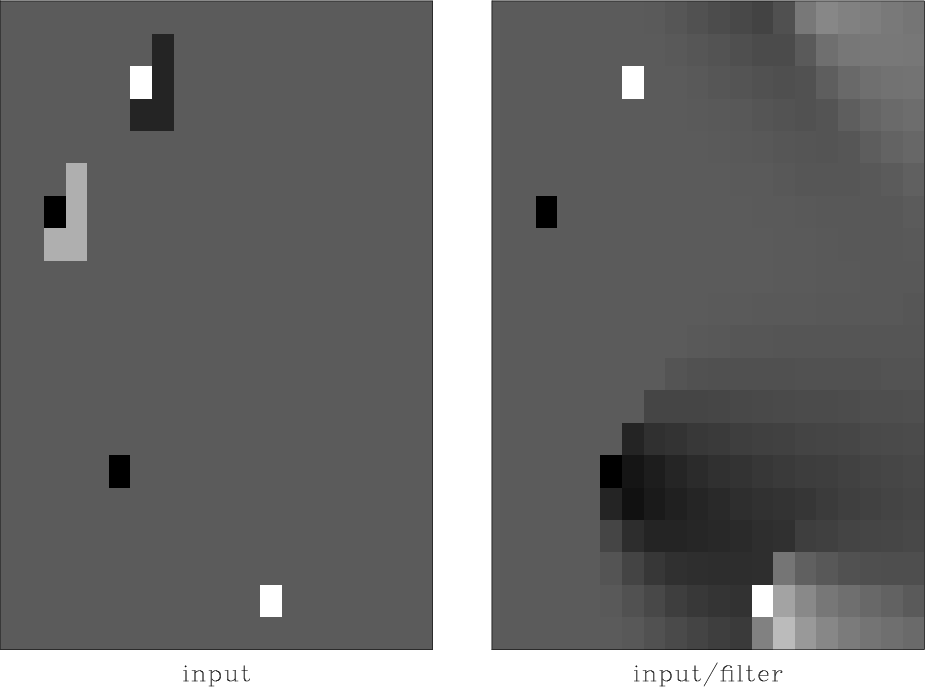
sfhelicon works in N dimensions. The filter for is supplied by filt= parameter, which points to a real-valued RSF file with filter coefficents. The filter lags on a helix can be stored in a separate integer-value RSF file specified wih lag= parameter (which can be optionally contained inside the file with filter coefficients). The dimensions used for specifying the filter lags are not necessarily the same as the dimensions of the input data and can be specified with n= parameter (which can be optionally contained inside the file with filter lags).
The choice between forward and inverse convolution is controlled by div= parameter. The adjoint flag is supplied by adj= parameter. The following figure illustrates the act of the adjoint convolution and inverse convolution on a helix.
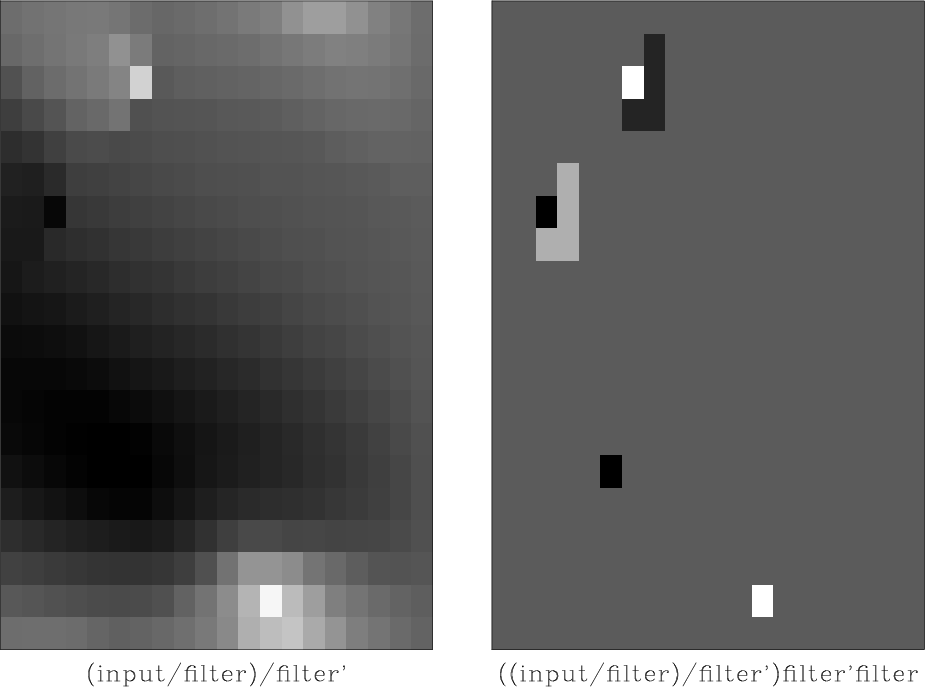
For an example of least-squares inversion with sfhelicon using the conjugate-gradient algorithm, see the documentation for sfconjgrad.
10 previous programs of the month:

